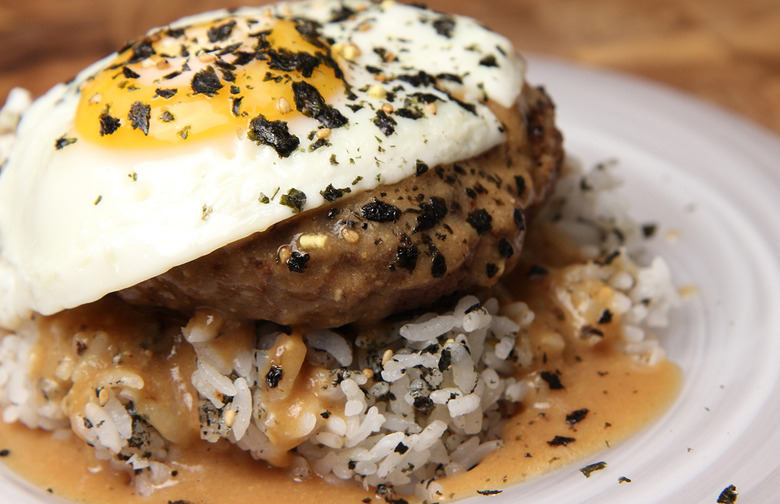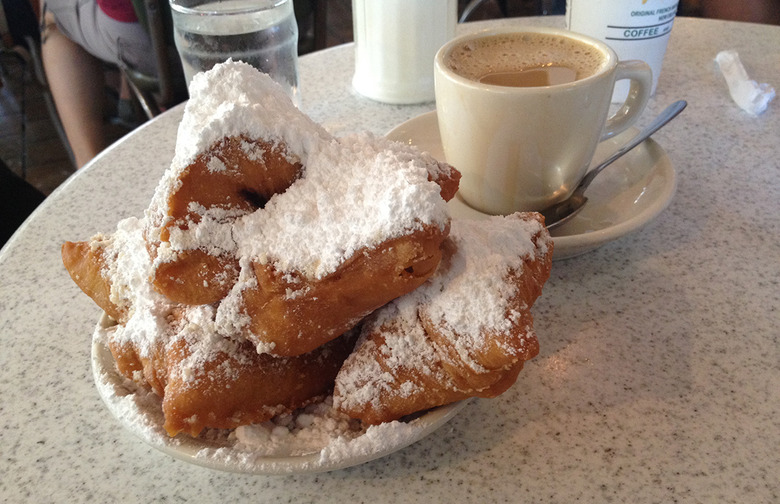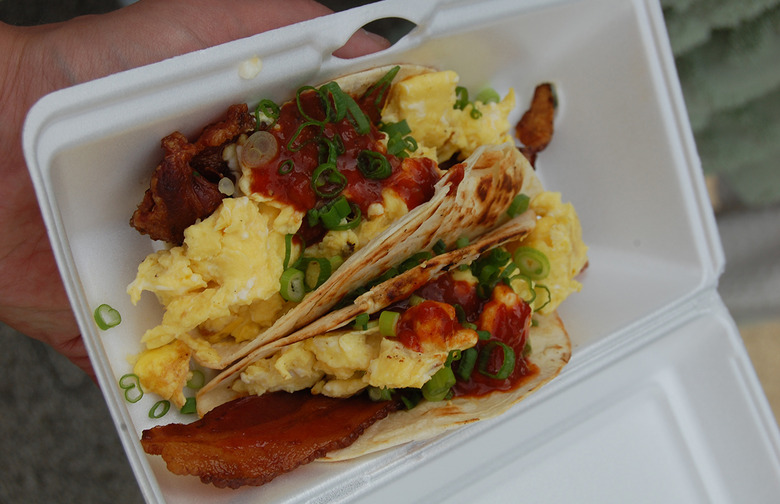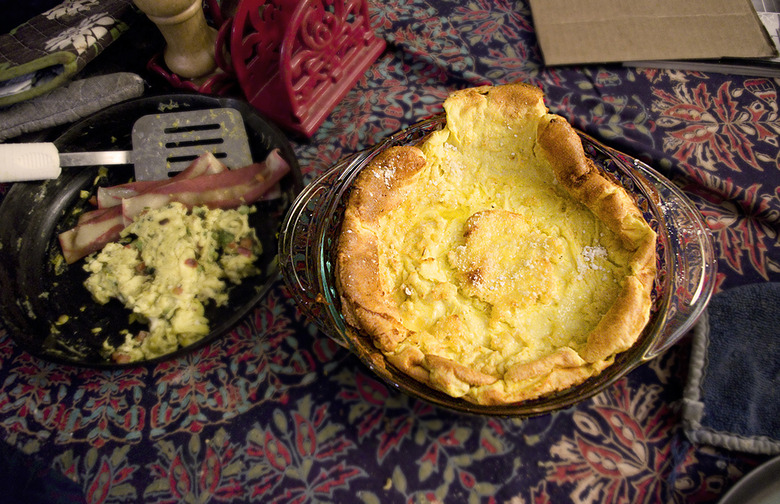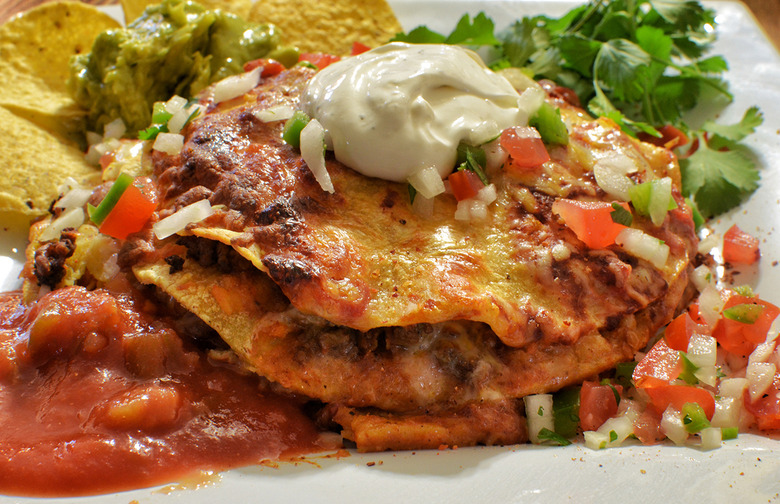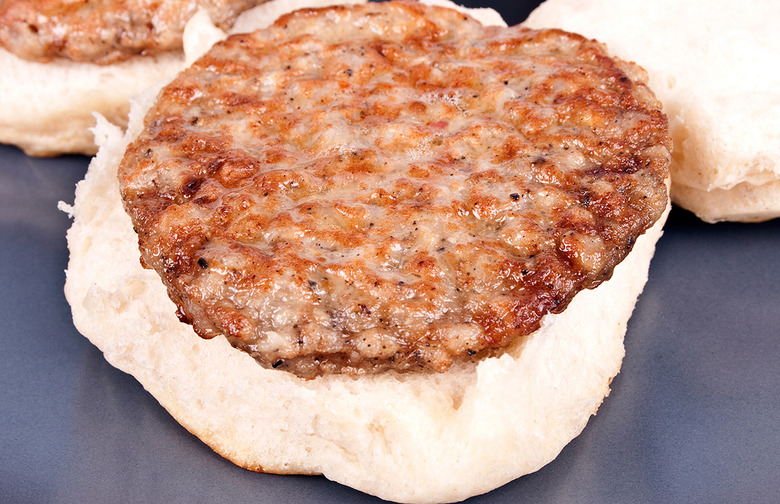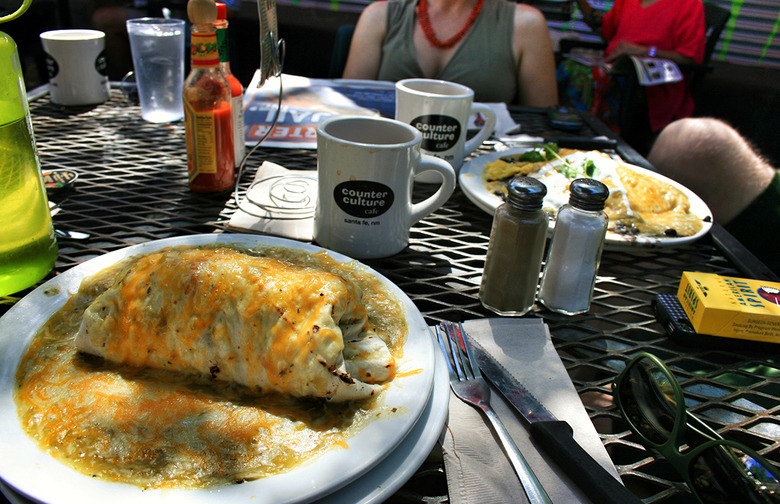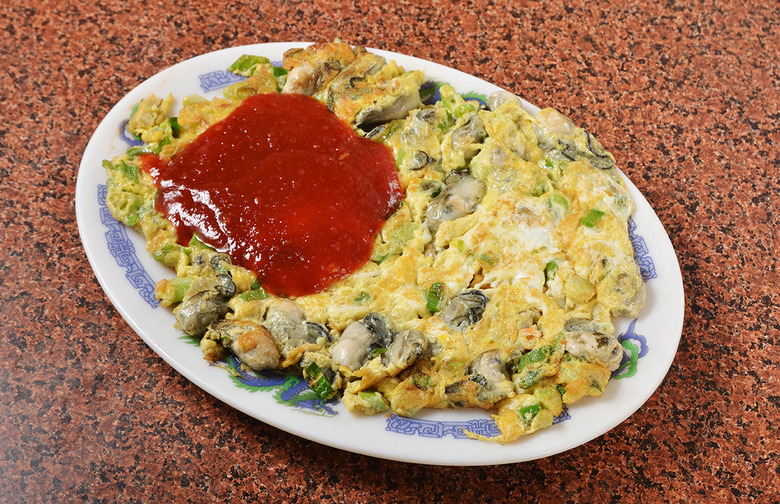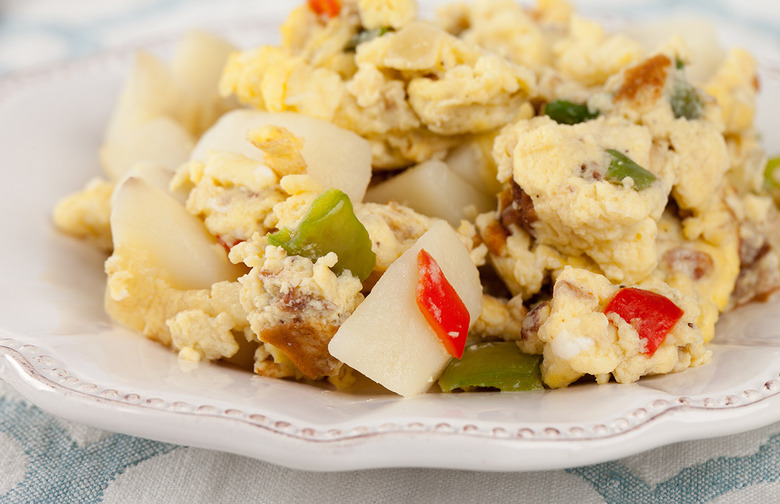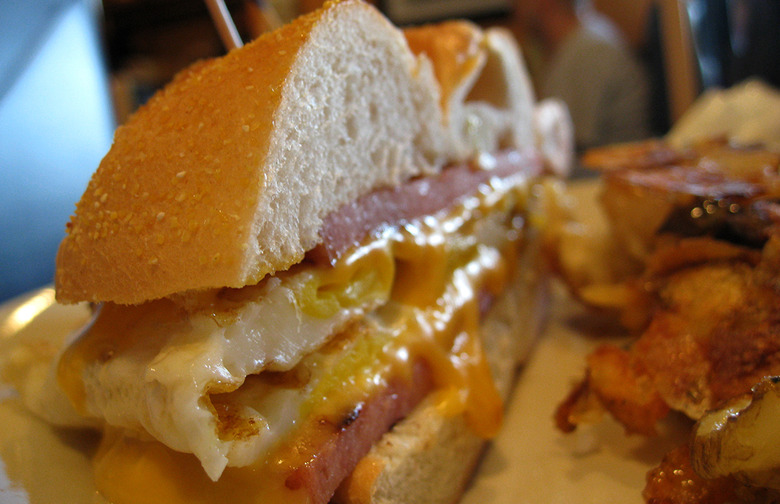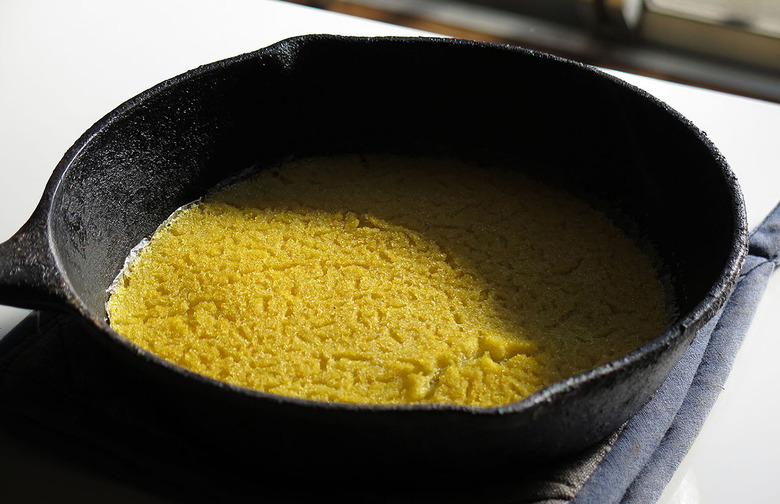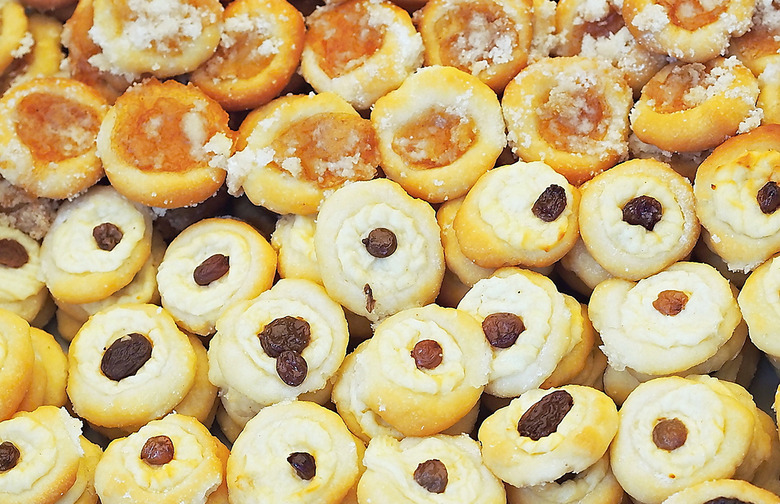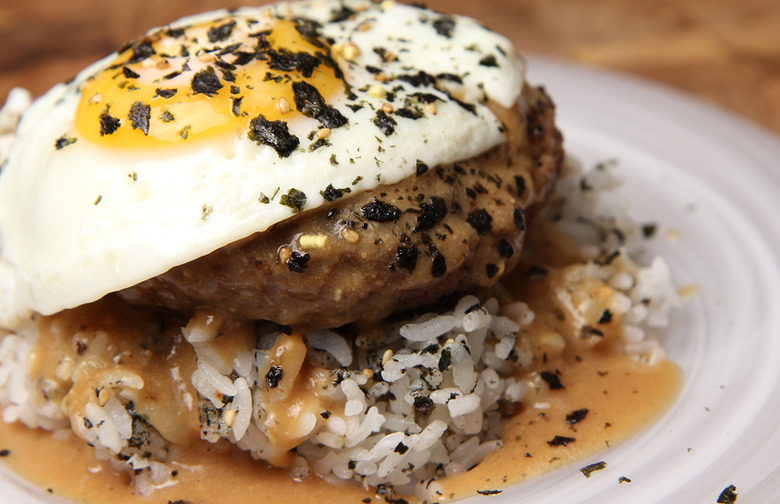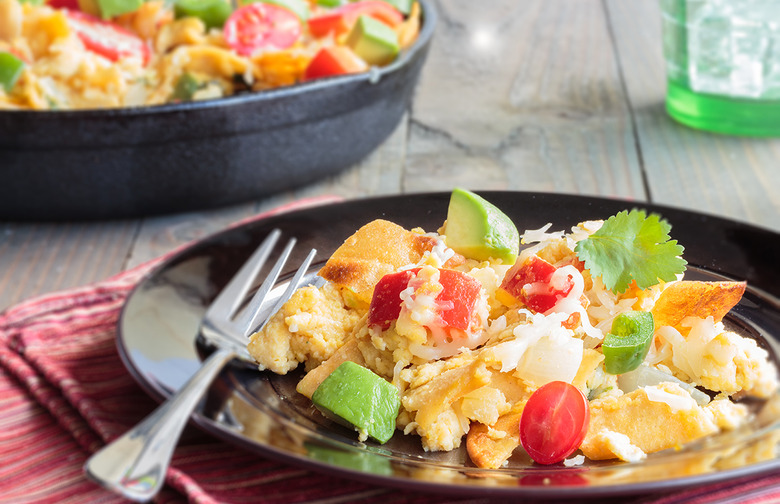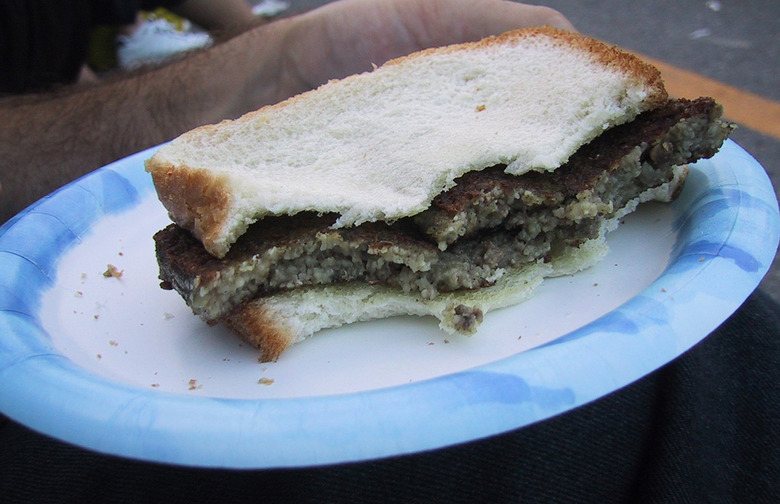Scrapple, Hopple Popple, And 13 Other Regional Breakfast Dishes You Didn't Know Existed
Spend any time traveling the country and you'll realize just how huge it is. And not just huge geographically, but huge culturally as well. It's so huge, in fact, that certain foods can be staples in one corner and completely unknown in another.
Beignets
No trip to New Orleans is complete without a visit to the legendary Café Du Monde, one of a handful of places in the city that specializes in beignets. These squares of fried dough, which are dusted with powdered sugar and piled high on a plate, are best when washed down with chicory coffee.
Breakfast Taco
This Texas breakfast staple is pretty simple: You get a flour tortilla and load it with whatever you can get your hands on, usually eggs, cheese, and your choice of bacon, chorizo, other breakfast meats, and a spoon of salsa and a dash of hot sauce. Breakfast just tastes better when it's in a taco.
Dutch Baby
Up in Washington State and the rest of the Pacific Northwest, there's a magical breakfast dish called a Dutch baby, and it's one that everyone really should know about. It's a hybrid soufflé and giant pancake, and is light and fluffy, usually topped with fresh fruit and a dusting of powdered sugar. It's thought to have been invented at Manca's Café in Seattle, and
Egg Muffins
This Midwestern specialty, which is super-easy to make, is a tasty and satisfying breakfast on the go. You start by pressing ready-made stuffing into a muffin tin to serve as a shell. Then you fill them up with beaten eggs, bacon, and cheese.
Enchiladas Montadas
What happens when you take traditional enchiladas, stack them instead of rolling them up, and add a fried egg on top? You get a legendary Southwestern breakfast dish, is what happens.
Goetta
Pronounced "get-a," this Ohio specialty was invented by German immigrants in Cincinnati in the 1800s. It's essentially a thick raw sausage made with ground pork (or pork and beef); pin-head oats; and spices including rosemary, bay leaves, and thyme. It's traditionally sliced and fried in butter, and can be eaten by itself or served with ketchup, mustard, apple butter, syrup, honey, or grape jelly. Glier's, the largest commercial producer, makes more than 1 million pounds annually.
Green Chile Breakfast Burrito
Green chile, made by roasting and chopping hatch chiles, tops just about everything in the Southwestern states (especially New Mexico and Colorado), so it makes perfect sense for it to top a breakfast burrito filled with eggs, cheese, potatoes, and bacon. The addition of spicy chiles definitely kicks it up a few notches.
Hangtown Fry
This Northern California specialty is the Gold Rush's most enduring culinary contribution. Legend has it that it was created at the Cary House Hotel in the mining town of Placerville, California (then called Hangtown), after a miner who struck it rich walked in and asked for the most expensive dish the kitchen could make. The chef whipped up an omelette of sorts, with eggs (which were delicate); bacon, which was shipped from the East Coast; and oysters, which had to be shipped on ice from San Francisco. It gained popularity at San Francisco's Tadich Grill, California's oldest restaurant, where it's been a specialty for more than 160 years.
Hopple Popple
Another Midwestern breakfast specialty (Midwesterners really know breakfast), hopple popple is what results when you add eggs, cheese, potatoes, onions, herbs, vegetables, and any type of breakfast meat you can think of to a pan and let it all cook together. The resulting casserole, which is actually German-inspired, is essentially the ultimate breakfast dish.
Jersey Breakfast Sandwich
A ham, egg, and cheese sandwich is a breakfast staple around the country, but in New Jersey, one component sets it apart from the pack: Taylor ham, also called pork roll. This processed ham is rich and fatty, and when fried in butter and piled onto a hard roll with eggs and cheese it's the ultimate hangover buster.
Johnnycakes
Essentially pancakes made with cornmeal, this New England specialty is one of America's oldest foods, dating back to the 1600s. Sometimes made with leavening and sometimes just fried disks of cornmeal and water or milk, johnnycakes go great with butter and a glug of Grade A maple syrup. The Southern equivalent is called a hoecake.
Kolaches
Kolaches (plural for kolach) are a type of filled dough with Czech roots that have become very popular in many parts of Texas, as well as parts of Iowa, Wisconsin, and Minnesota. The majority of the ones you'll find envelop a dollop of fruit with soft, semisweet dough and are eaten for dessert or as a breakfast pastry, but some also include meat, bacon and eggs, and basically anything else the baker wants to include. While they're most popular in Texas, word is finally starting to spread: A shop specializing in them recently opened in Brooklyn.
Loco Moco
This Hawaiian invention is one of the heaviest dishes you'll find anywhere, and makes for a great late breakfast after a morning or surfing. It starts with a foundation of white rice, which is then usually topped with a hamburger patty or two, fried eggs, and brown gravy. It's open to interpretation, however, and the burger patties can be replaced with anything from bacon and Spam to chili, kalua pork, and shrimp.
Migas
A popular Southwestern Tex-Mex breakfast (and a rare Tex-Mex dish that actually resembles its Mexican counterpart), migas is made by frying corn tortilla strips until crispy (or just using tortilla chips) and mixing in eggs, then serving it alongside refried beans and tortillas. Many restaurants put their own spin on it, like adding in chorizo, cheese, onions, tomatoes, or cheese.
Scrapple
In the Mid-Atlantic states including Pennsylvania, Maryland, and Delaware, a traditional food of the Pennsylvania Dutch is easy to track down: scrapple. It's made by combining pork scraps and trimmings with cornmeal and seasonings, blending it into a mush, forming it into a loaf, letting it congeal, then slicing and pan-frying before serving. Don't knock it until you try it: The first recipes date back to the 1600s and it's been perfected over the years, so it's pretty tasty. It's also nothing short of beloved: There's even an annual scrapple festival.
